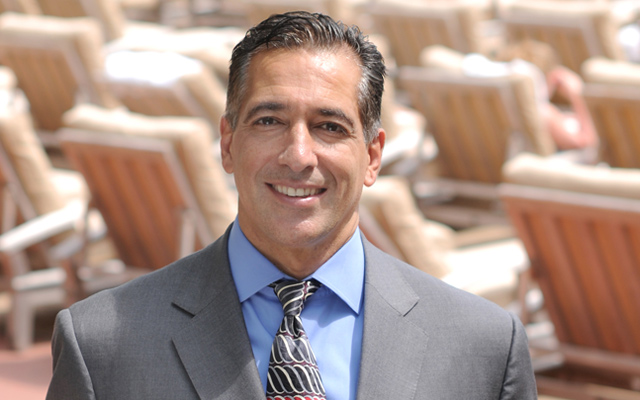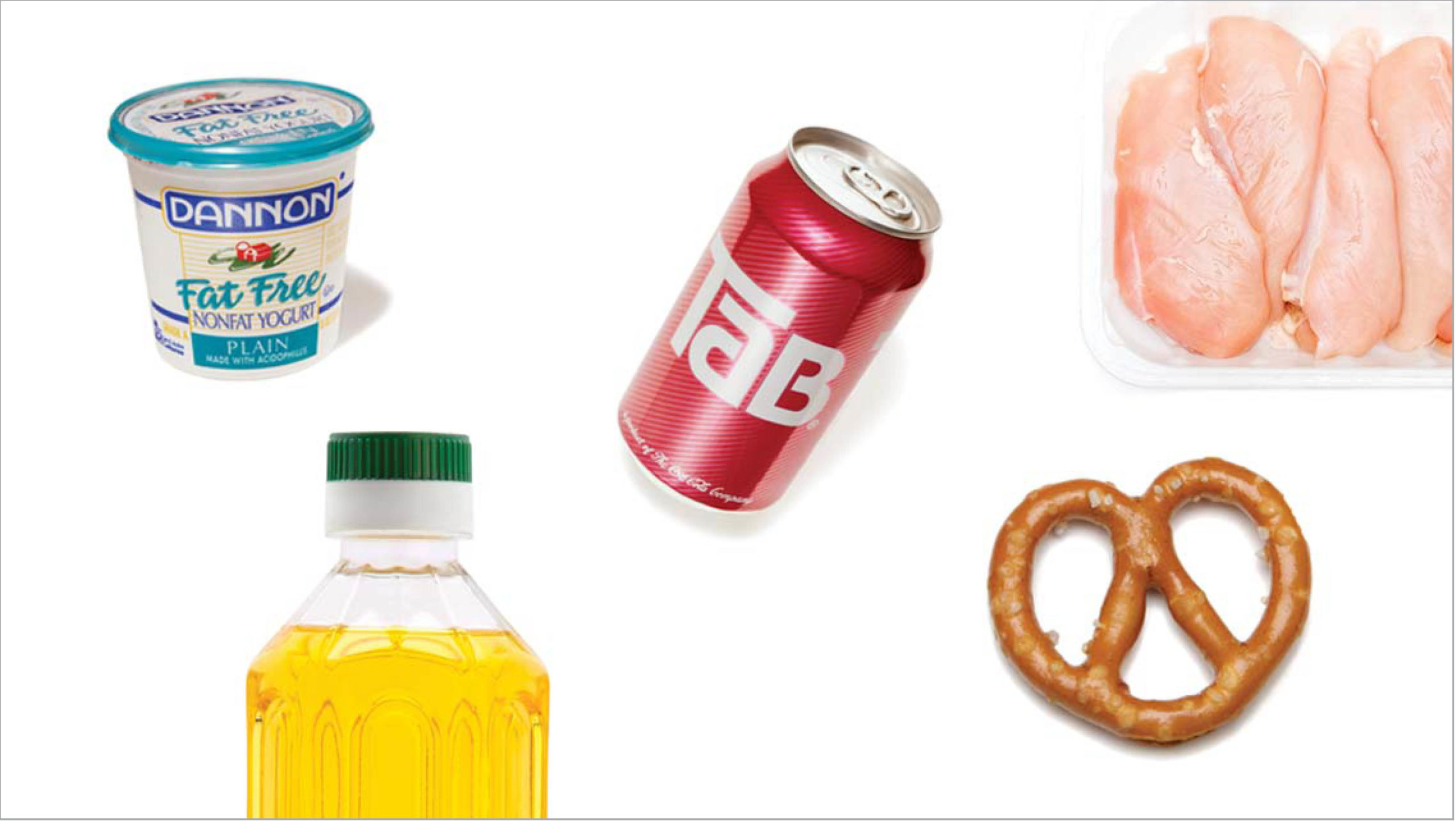While most of the tri-color Lycra outfits and matching headbands from those early days have mercifully faded into the past, there are plenty of other conventions, from draconian membership contracts to smelly locker rooms, that have held on much longer than most of us would have liked.
Even when I started planning my very first fitness club, back in 1988, I knew I wanted it to be and deliver something different. I wanted to build a company that would go its own way — one that would deliver an extraordinary customer experience based on quality, consideration and respect. One that would anticipate needs and desires, even emerging ones, and respond to them creatively.
In the nearly 20 years since, I’ve seen a lot of fitness fads come and go. I’ve seen a lot of fitness chains rise and fall. But I still think that putting the customer at the center of our operational strategy is perennially a right thing to do.
Often, that means moving beyond limiting conventions and investing in experiments that most fitness companies would be unlikely to consider. Take this magazine, for example. I think it represents our inherent understanding of the challenges people face when they decide to get and live healthy — and that those challenges go far beyond mere diet and exercise.
I think the magazine also speaks well of our companywide commitment to respecting our customers as whole people — as opposed to seeing them as “consumer types,” transactional opportunities or collections of demographic data.
Publishing an ambitious newsstand magazine like this one is not a remotely “normal” thing for a fitness company to do. But I think it’s a good thing for us to do, in part because it keeps us focused on what our customers really want and need, and the ways our company can serve them better.
I often challenge our staff to experience all our facilities, products and services from the customers’ point of view:
How would you like to be treated? What would you want to experience in this or that situation?
Of course, we also encourage our customers to tell us directly what they think and what they want. By constantly collecting feedback through multiple channels — including online, phone and print surveys, focus groups, and third-party research — we’ve been able to implement improvements in virtually every aspect of our facilities and operations. And we’ll continue to do so. (If you’re a member and haven’t completed a survey, please take a few minutes to fill one out at lifetimefitness.com.)
Another evolution I’m proud of has been our move away from conventional training approaches — the kind where employees are basically “told what to do” and then expected to learn by trial and error. Instead, we’ve adopted a certification model in which our team members are first formally skilled in key areas of responsibility, and then tested to ensure they can confidently demonstrate mastery of their jobs before they assume a new title.
Through Life Time Fitness University (our team-member education division), we’ve now developed certification tracks for a large number of positions within our company, from fitness trainers to general managers. This is empowering our employees to continually advance their skills and enhance their professional value, and it’s also empowering them to deliver a consistently exceptional level of service that surpasses our customers’ expectations. Within the next year or so, we hope to have certification processes defined for virtually all club positions.
And then there’s the rut-busting move about which I’m most passionate of all: our company’s commitment to environmental sustainability, starting with a major re-engineering of our facilities. We’ll be building our first LEED (Leadership in Energy and Environmental Design)-certified building in 2007. And by 2008 — the 20th anniversary of the year I began planning our very first club — I plan to announce a prototype design that is fully twice as resource efficient as that original design, despite being twice its size.
In the meantime, we are evaluating and embracing a wide variety of changes — from land and water use to materials and construction specs — that will help us reduce waste, green our operations and make wiser use of the natural resources upon which all our lives depend.
Exciting stuff! I hope this issue of Experience Life finds you advancing in exciting new directions of your own.



This Post Has 0 Comments